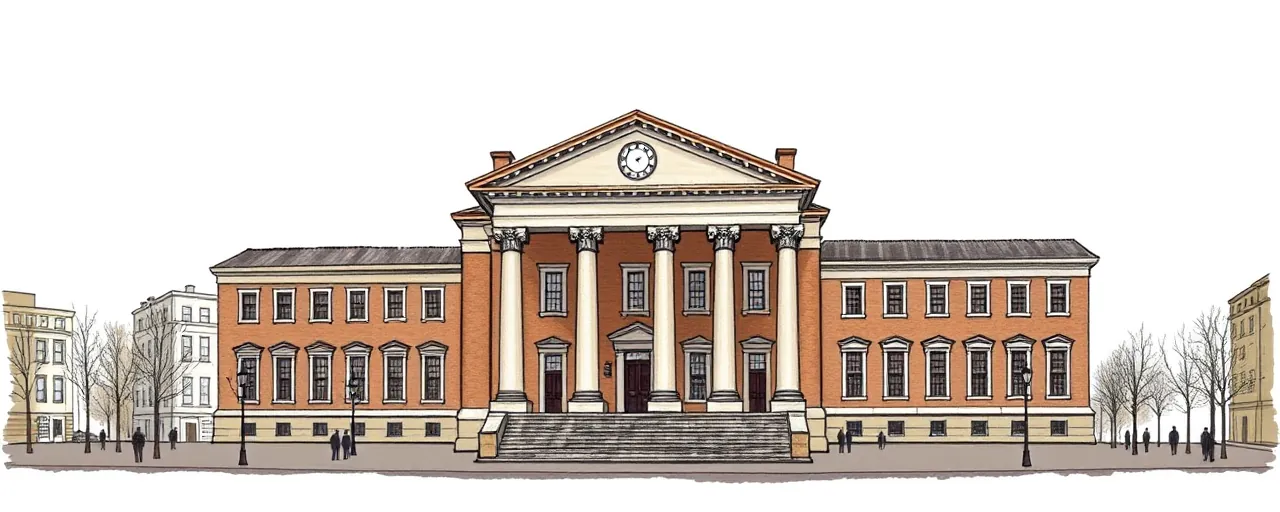A Nation’s Story Under Scrutiny
History shapes who we are, a thread connecting past triumphs and struggles to the present. In the United States, that thread has frayed, tugged apart by fierce debates over how the nation’s story is told. On March 27, 2025, President Donald Trump signed an executive order aimed at reshaping how federal sites, from the Smithsonian Institution to Independence Hall, present America’s past. The move responds to what the administration calls a 'revisionist movement,' one it claims distorts history with ideology instead of facts, casting the country’s legacy as irredeemably flawed.
The order lands amid a broader cultural clash, one pitting traditional views of American greatness against efforts to spotlight its complexities, including slavery, inequality, and exclusion. For everyday people, this isn’t abstract; it’s about what kids learn, what tourists see, and how a nation sees itself. From museum exhibits to park ranger talks, the stakes feel tangible, cutting through the noise of politics to touch something raw and real.
What the Order Changes
At its core, the directive seeks to reset the tone of federal historical sites. The Smithsonian, a sprawling network of museums and research hubs, stands out as a prime target. Recent exhibits, like 'The Shape of Power' at the American Art Museum, have framed race as a tool of power and privilege, a view the administration rejects as divisive. The order tasks Vice President J.D. Vance with steering the Smithsonian’s Board of Regents to scrub such narratives, pushing instead for displays that celebrate innovation, liberty, and progress.
Independence Hall in Philadelphia, where the Declaration of Independence was signed, also gets a facelift. The Interior Department is directed to fund upgrades by July 4, 2026, marking 250 years since that pivotal moment. Beyond bricks and mortar, the order calls for reversing any monument removals or changes since 2020 that it deems ideologically driven, aiming to preserve a narrative of achievement over critique. It’s a clear pivot, one that echoes in budget talks with Congress to tie funding to these priorities.
Voices in the Debate
Not everyone sees this as a restoration. Historians like Eric Foner, a Pulitzer Prize winner, argue that grappling with tough truths, such as slavery’s role in shaping America, isn’t revisionism; it’s clarity. Supporters of critical perspectives say sidelining race or gender dynamics risks whitewashing history, leaving out voices long ignored. The Mellon Foundation, for one, has poured $500 million into diversifying monuments, betting on a broader story that includes Native Americans, women, and LGBTQ+ figures.
On the flip side, figures like Senator Tom Cotton have cheered the order, insisting that cultural institutions have swung too far into self-criticism, eroding national pride. Parents in states like Texas, where laws since 2021 have curbed discussions of systemic racism in schools, echo this, wanting history to inspire, not indict. Caught in the middle are curators and rangers, navigating a tightrope between federal mandates and public expectations, their work now a lightning rod in a polarized age.
A Deeper Tug-of-War
This isn’t new ground. Since the 1970s, frameworks like Critical Race Theory, born from legal scholars like Derrick Bell, have challenged rosy views of American systems, pointing to racism baked into the nation’s bones. That lens gained traction in classrooms and museums, only to hit a wall as over a dozen states banned it in education by 2025. The Smithsonian itself has wrestled with this, its exhibits evolving from pure celebration to thornier questions about power and identity, a shift now being yanked back.
Polarization fuels the fire. The 2025 World Happiness Report ties America’s trust slump to this divide, with history becoming a proxy for bigger fights. Confederate statues, toppled in 2020 protests, are a flashpoint; some see them as relics of hate, others as heritage worth keeping. Trump’s order picks a side, but it’s not the only voice. Legal battles loom, and funding tussles in Congress will test how far this vision stretches.
What It Means for You
Step into the National Mall next year, and the air might feel different. Exhibits could swap hard questions for highlight reels, spotlighting inventors and explorers over activists or the enslaved. For families visiting, it’s less about politics and more about what sticks with their kids, what version of America they carry home. Teachers, already juggling vague state rules, might find federal sites aligning with a simpler tale, leaving gaps for others to fill.
The push isn’t total. Private museums and local projects, buoyed by grants like Mellon’s, keep digging into the messy, human side of history. The Smithsonian’s reliance on both federal cash and private donors means it won’t fully escape the tug-of-war. For now, the order sets a tone, one that bets on unity through pride, even as the nation’s fault lines stay starkly visible.
Where the Dust Settles
Trump’s order marks a bold grab at history’s reins, but it’s no final word. It’s a policy tethered to law, funding, and political will, all of which can shift. Historians, educators, and citizens will keep wrestling with what gets told and what gets left out, a debate older than the nation itself. The 250th anniversary in 2026 looms as a milestone, a chance to see if this vision holds or frays under scrutiny.
In the end, history isn’t static. It bends with the times, shaped by who’s in the room and what they value. This latest move tilts the frame toward triumph, betting that a prouder past can stitch a fractured present. Whether it bridges divides or deepens them, the story’s still unfolding, and everyone’s got a stake in how it lands.
